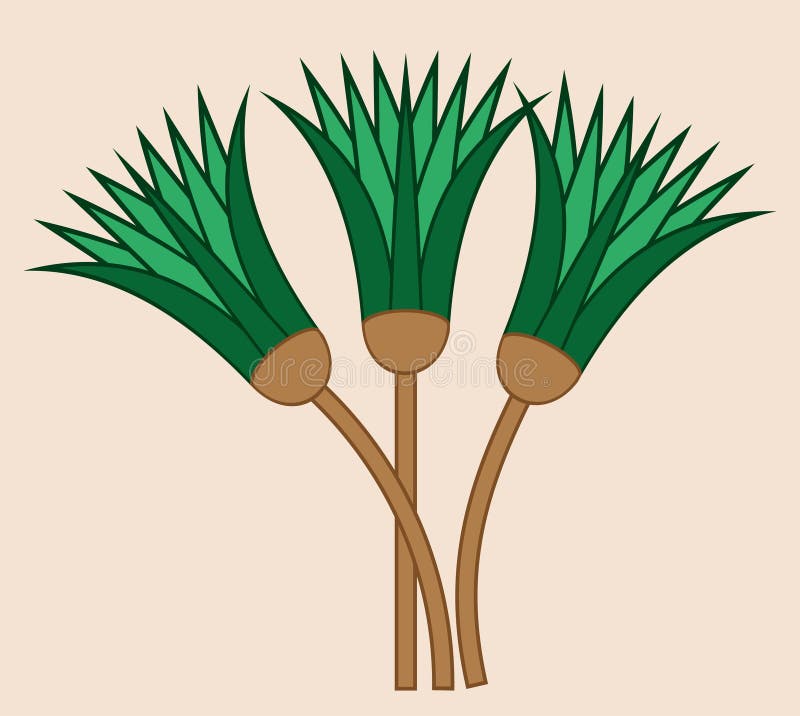

Socio-political events, such as Napoleon’s invasion of Egypt, also stimulated fashions. Archaeological discoveries and international tours of artifacts sparked fresh waves of Egyptianizing fashions. This paper correlates surges in Egyptomania styles with contemporary events in Egypt, archaeology, and Egyptology. However, “Tutmania” flappers had numerous precedents throughout the nineteenth and early twentieth centuries. The discovery of Tutankhamun’s tomb in 1922 instantly inspired “Egyptomania” garments and accessories for women. Together with her husband, she actively teaches nineteenth- and early-twentieth-century social dance. Her research interests focus on the nineteenth century and include fashion, early photography, the dissemination of French fashions in the United States, and women’s travel accounts of journeys to Egypt. in French language and literature from Yale University she also spent two seasons as an Egyptology reference librarian at the Epigraphic Survey of the University of Chicago in Luxor, Egypt. Bohleke has served as the director of the Fashion Archives and Museum of Shippensburg University. Re-pot the new plants and grow them as usual.Since 2007, Karin J. Cut apart the papyrus rhizomes into groups of two or three. Wait until the danger of frost has passed and un-pot or dig up the plant. You can grow and share your papyrus plant through division in spring. In the correct zones with light and moist conditions, care of papyrus plant is easy for even a novice gardener.

Papyrus grass has no damaging pests or diseases except rust fungus, which will discolor the stems and foliage. You can give it a balanced fertilizer in spring to support the growth of the huge stems. Pruning is not necessary except to remove errant or broken stems. Mulching in zone 8 can help protect the tender roots but the foliage will likely die back in winter. Papyrus need little extra care to thrive, provided it is kept moist.

Even in their native conditions, the plant does not easily spread by seed. Papyrus seeds do not readily germinate and can take a month or more to sprout. The plant needs to be kept moist, if not submerged. It can also be planted directly into 3 feet (1 m.) of muddy substrate to hold the heavy stems upright. Papyrus is usually planted by rhizomes in moist, fertile soil in pots and then submerged in an aquatic environment.
Silk king tut papyrus palm full#
It prefers full sun but can also be raised in partial shade. Papyrus has no frost tolerance and should be moved indoors for the winter. The stems are rigid and triangular and have a white pith inside. Papyrus can grow up to 10 feet (3 m.) tall from rhizomes. These sprays of foliage radiate out like the spokes in an umbrella. The plant is called umbrella plant because it has a grass-like habit with sprays of foliage at the top of the stems. Papyrus plant is suitable for USDA plant hardiness zones 8 to 10 and requires a full sun location, in shallow water or riparian areas. Umbrella plant or bulrush are other names for the plant. What is papyrus? It is a plant in the genus Cyperus, which is native to Madagascar. There are numerous names for papyrus grass. This fast growing plant would be an excellent addition to a water garden or naturalized bog area. In most zones, papyrus is an annual or half-hardy perennial. You can grow papyrus from seed or division. The plant is considered a sedge and favors moist, warm environments. Papyrus grass is in a genus of over 600 different plants from around the world. Papyrus plants were used as paper, woven goods, food, and fragrance. Papyrus was one of the most important plants in ancient civilized Egypt.


 0 kommentar(er)
0 kommentar(er)
